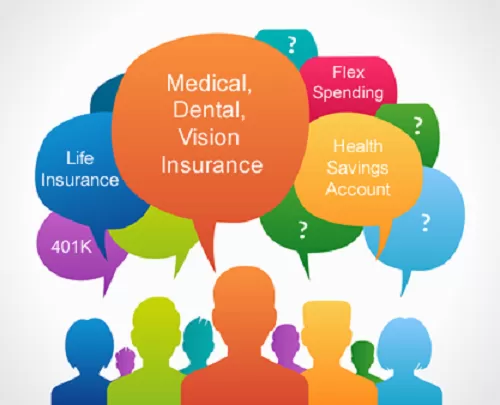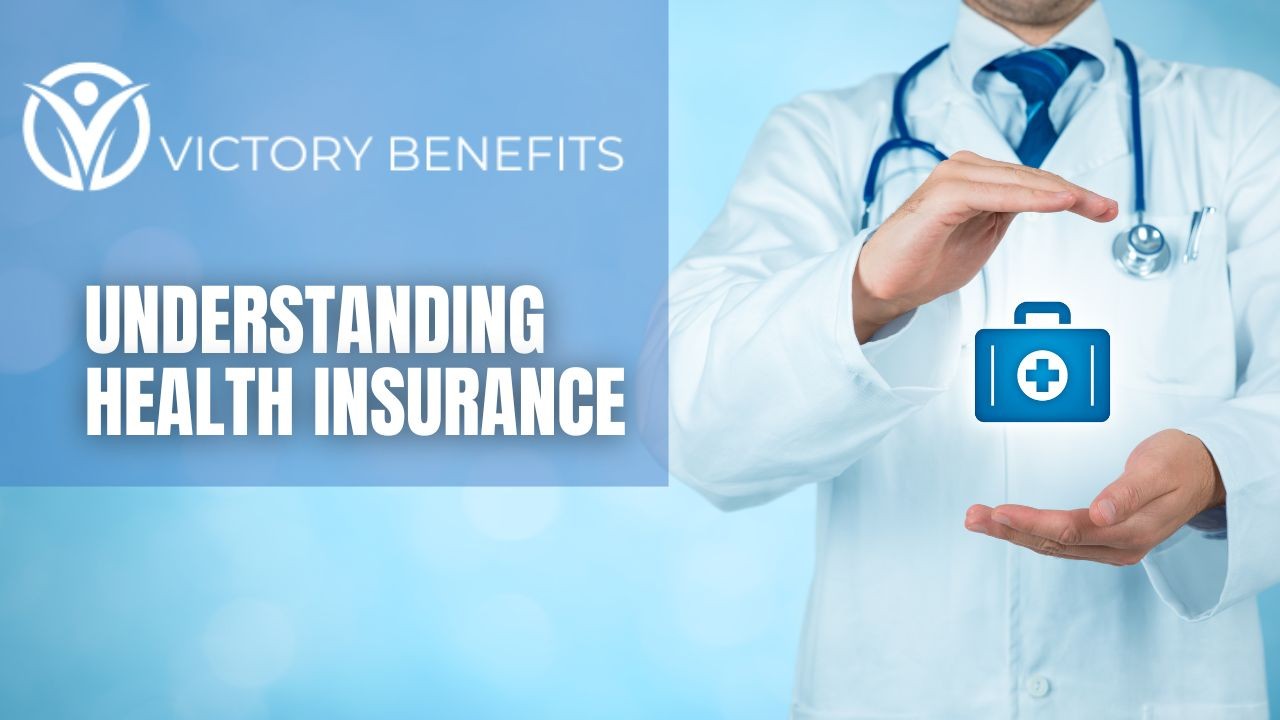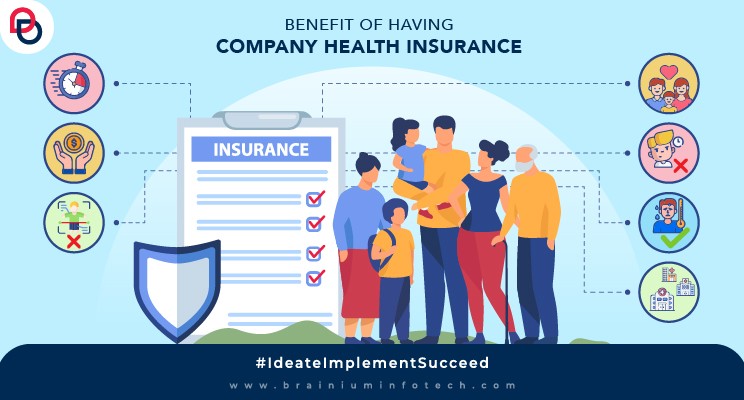8 Simple Techniques For Medicare Advantage Agent
8 Simple Techniques For Medicare Advantage Agent
Blog Article
Unknown Facts About Medicare Advantage Agent
Table of ContentsThe Ultimate Guide To Medicare Advantage AgentThe 5-Minute Rule for Medicare Advantage Agent5 Easy Facts About Medicare Advantage Agent Shown

follows from puzzling the fairly young age profile of the uninsured with the much better health, usually, of more youthful persons. This obscures the link between health and wellness status and medical insurance. For those without accessibility to work environment medical insurance, inadequate health and wellness is a possible barrier to acquiring nongroup coverage since such coverage may be highly priced, omit pre-existing conditions, or be simply inaccessible. The number of without insurance Americans is not specifically huge and has not changed in recent times. 7 out of 10 participants in a nationally depictive survey believed that less Americans lacked medical insurance than really do(Fronstin, 1998). Roughly half(47 percent )thought that the variety of individuals without health and wellness insurance policy lowered or stayed constant over the last half of the last years(Blendon et al., 1999). This decrease of almost 2 million in the number of individuals 'without insurance policy (a decrease
of about 4 percent)is certainly a positive adjustment. With a softer economic situation in 2000 the most recent reported gains in insurance policy coverage might not continue(Fronstin, 2001 ). The decline in the number of without insurance will certainly not continue if the economic climate continues to be slow-moving and healthcare prices continue to outpace rising cost of living. This is since the data were gathered for a duration of solid financial performance. Of the approximated 42 million people that were uninsured, almost concerning 420,000(about 1 percent)were under 65 years of age, the age at which most Americans become qualified for Medicare; 32 million were grownups between ages 18 and 65, about 19 percent of all adults in this age group; and 10 million were youngsters under 18 years of age, concerning 13.9 percent of all children (Mills, 2000). These estimates of the variety of individuals without insurance are produced from the yearly March Supplement to the Current Population Study (CPS), carried out by the Demographics Bureau. Unless or else kept in mind, nationwide estimates of people without medical insurance and proportions of the population with different type of protection are based upon the CPS, one of the most commonly made use of resource of quotes of insurance coverage and uninsurance rates. These studies and the estimates they produce are defined briefly in Table B. 1 in Appendix B - Medicare Advantage Agent. These studies differ in dimension and tasting approaches, the concerns that are asked concerning insurance
An Unbiased View of Medicare Advantage Agent
insurance coverage, and the moment duration over which insurance coverage or uninsurance is determined(Lewis et al., 1998, Fronstin, 2000a ). Still, the CPS is specifically useful since it creates yearly estimates reasonably rapidly, reporting the previous year's insurance policy coverage estimates each September, and because it is the basis for a regular collection of estimates for greater than two decades, permitting analysis of fads in insurance coverage with time.

The Single Strategy To Use For Medicare Advantage Agent
Over a three-year duration starting early in 1993, 72 million individuals, 29 percent of the united state populace, lacked insurance coverage for at the very least one month. Within a single year(1994), 53 million people experienced at the very least a month without insurance coverage(Bennefield, 1998a). Six out of every ten without insurance adults are themselves utilized. Functioning does boost the probability that one and one's household participants will certainly have insurance coverage, it is not a guarantee. Also members of family like it members with 2 full-time breadwinner have practically a one-in-ten possibility of being without insurance (9.1 percent uninsured price)(Hoffman and Pohl, 2000 ). The partnership in between health and wellness insurance and access to care is well developed, as recorded later on in this chapter. The relationship in between wellness insurance coverage and wellness end results is neither direct nor straightforward, a substantial scientific and health and wellness services research literary works web links health insurance policy protection
to improved enhanced accessibility care, better much betterTop quality and improved navigate to this website enhanced and population populace health and wellnessCondition For example, the second record, on personal wellness end results for without insurance adults, is stood for by the inner circle of the number, while the 3rd report, on family well-being, includes the topics of the second record however emphasizes a various system of evaluation, particularly, the family. The sixth record in the series will present details regarding techniques and efforts carried out locally, statewide, or nationally to attend to the lack of insurance coverage and its damaging impacts. Levels of analysis for examining the effects of uninsurance. This discussion of health insurance coverage focuses largely on the united state population under age 65 because essentially all Americans 65 and older have Medicare or various other public insurance coverage.
In addition, it concentrates especially on those without any medical insurance for any type of size of time. The troubles faced by the underinsured are in some respects comparable to those faced by the without insurance, although they are typically much less extreme. Uninsurance and underinsurance, nevertheless, entail definitely various policy concerns, and the methods for addressing them might vary. Throughout this research and the 5 reports to comply with, the major focus is on individuals without medical insurance and hence no support in spending for health care beyond what is offered with charity and safety internet organizations. Medical insurance is a powerful element affecting invoice of care since both people and medical professionals react to the out-of-pocket rate of services. Health and wellness insurance coverage, nevertheless, is neither needed neither enough to get to medical services. However, the independent and direct result of health and wellness
insurance protection on access to health services is well developed. Others will get the health and wellness treatment they need also without wellness insurance, by paying for it expense or seeking it from service providers who provide care totally free or at very subsidized rates. For still others, health and wellness insurance alone does not make sure invoice of treatment since of various other nonfinancial obstacles, such as a lack of health and wellness treatment providers in their area, minimal accessibility to transport, illiteracy, or linguistic and social distinctions. Official research regarding without insurance populations in the United States dates to the late 1920s and early 1930s when the Committee on the Price of Medical Care created a series of reports regarding financing physician office check outs and hospital stays. This problem came to be prominent as the varieties of clinically indigent climbed throughout the Great Depression. Empirical research studies continually sustain the web link between accessibility to care and improved health results(Bindman et al., 1995; Starfield, 1995 ). Having a routine resource of care can be taken into consideration a forecaster of access, as opposed to a straight procedure of it, when wellness outcomes are themselves utilized as access indicators. This extension of the concept of accessibility measurement was made by the IOM Committee on Checking Gain Access To to Personal Healthcare Provider(Millman, 1993, p. Whether parents are insured appears to influence whether their youngsters receive care as well as how much careeven if the look at this website children themselves have coverage(Hanson, 1998). The health of parents can affect their ability to look after their children and the degree of family anxiety. Fretting regarding their youngsters's access to care is itself a source of anxiety for moms and dads. Three chapters follow in this record. Phase 2 offers a summary of how employment-based health insurance policy, public programs and individual insurance plan run and connect to give extensive however insufficient insurance coverage of the U.S. population. This includes a review of historical trends and public laws influencing both public and private insurance, a discussion of the communications amongst the different sorts of insurance policy, and an exam of why individuals move from one program to one more or wind up

Report this page